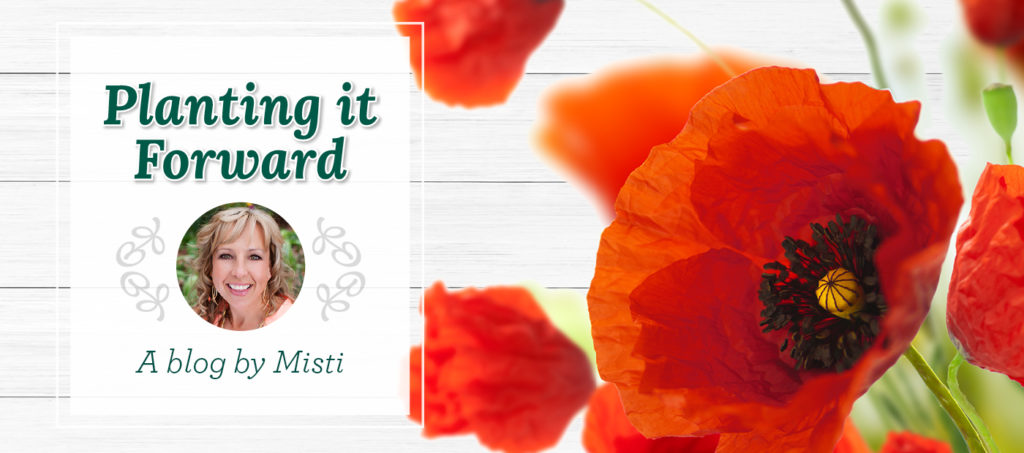
Here’s a scene that plays out pretty frequently at the Nursery. A gardener comes in to ask about their dying outdoor plants. In the course of conversation, it will become apparent that the problem is their plants simply aren’t getting enough water.
The gardener is shocked. “But I water my plants all the time,” he or she will insist.
Well…it’s likely that a couple of things are happening. One is that the plants need water more frequently than anticipated (for example, a plant in a container outside should be watered two or three times a day, and for hanging plants that might be more in really hot or windy weather).
More often, the issue is that the plant is being watered incorrectly. So here are some tips on how to make sure your plants are getting enough moisture:
First of all, always water the plant prior to planting, otherwise the root ball will harden as it dries. That means every time you think you are watering your plant, it’s actually going around the root ball and saturating the surrounding soil. It looks like it’s wet, but the root ball is dry.
And here’s a handy rule of thumb for new plants: the bigger the plant and its leaves, the more water it will need on a regular basis to maintain itself. New plantings should be watered up to two times a day and, like container plants, should be watered more frequently if it’s excessively hot or windy.
The bottom line is that new plants cannot be left for days without water; most won’t even last a single day without it.
Another thing that trips people up is when to water during cold weather. You still have to do it. Even if the plant has gone dormant it cannot survive more than a couple of weeks without water. Setting a schedule for winter watering the first three years is imperative. This is when your plant “establishes” itself, meaning its roots move out into the native soil.
That leads us to drip irrigation which, if you’ve ever read this blog before, you’ll know we are big fans of here at Warner’s Nursery.
The gradual and easy watering of drip irrigation is a great blessing to your plants and here’s why:
- Drip irrigation teaches the roots of your plant to grow deep and ensures that the entire root ball is saturated every time you water.
- It saves both money and water. When you water with a hose, something like 400 gallons per hour can come out, but a lot of that water is being wasted. It rushes out at such a high rate that only the surface of the soil is reached; it never penetrates more than an inch or two and certainly not down to where the roots need it.
- It’s way more efficient than the alternatives. Drip irrigation has an efficiency of 95% compared to 50% for overhead sprinklers or hand watering.
- It lets your plants “breathe.” We’ve been spending all this time talking about water, but roots need air too. Most garden plants will drown if the roots are submerged in water for a period of time. Sprinklers and hand watering produce puddles that can displace air in the soil. If the puddles do not have a chance to drain quickly, any plants with their roots under water can be stressed or die. Because drip irrigation works slowly, drop by drop, it never displaces the air in the soil.
And here’s the really good news: drip irrigation isn’t as expensive as you may think. For 100 feet of watering, it will cost you a few hundred dollars to have a system professionally installed or you can DIY it for about $100. And if you think of the gallons of water you won’t be wasting (and the plants you won’t have to replace because they’ve died of thirst), it’s likely you’ll recoup that money pretty quickly.
Please stop by or give us a call if you have any questions about drip irrigation or how you can better water your plants to keep your garden lush this summer. We’d love to help.
Happy gardening,
Misti